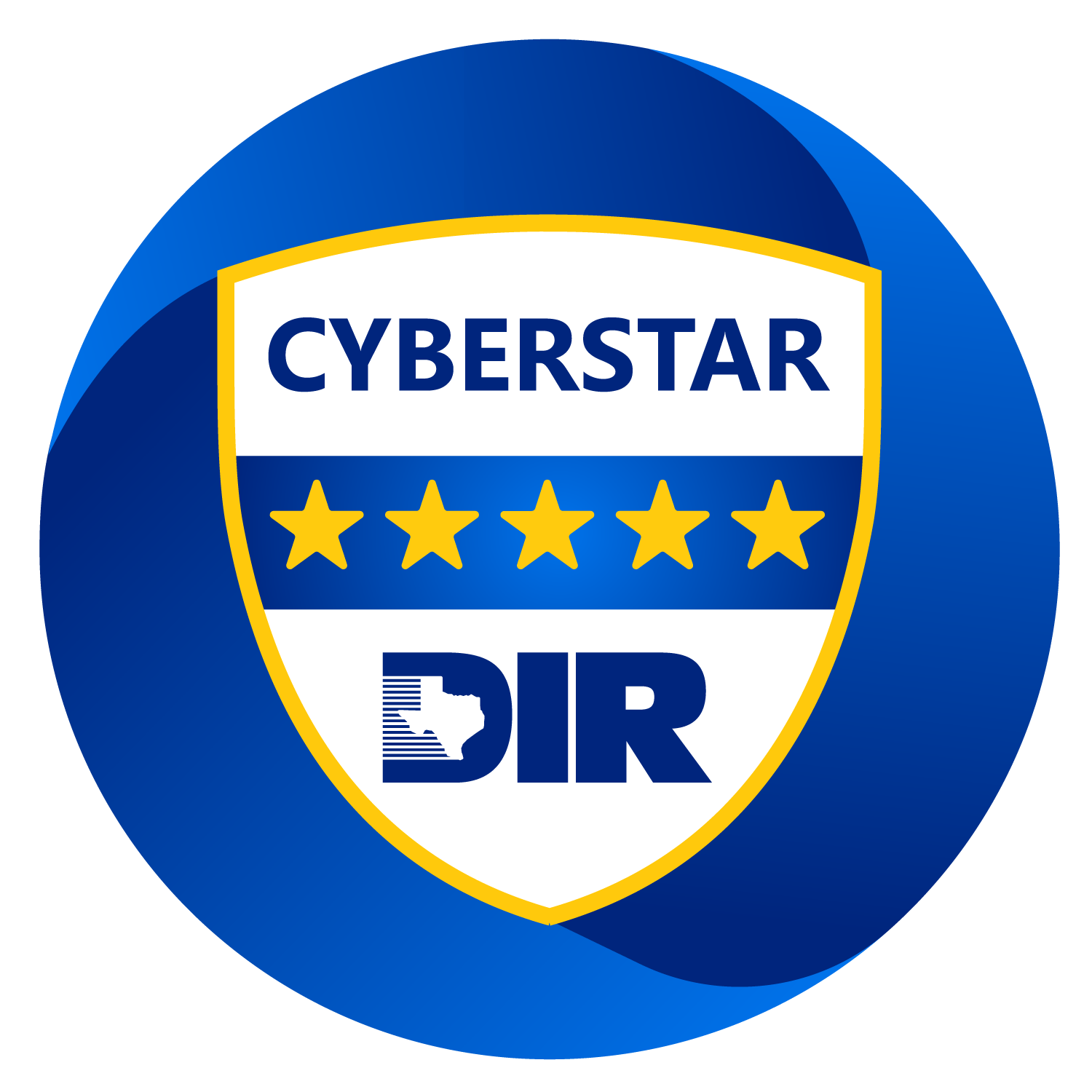The rise of remote work has transformed how organizations operate, offering unprecedented flexibility and introducing new security challenges. Protecting remote access is fundamental to maintaining a secure and resilient network. As cyber threats evolve, businesses must adopt robust security measures to safeguard sensitive information and ensure seamless, secure access for their remote workforce. By prioritizing security, organizations can maintain the integrity of their systems and the trust of their clients and employees.
What is Secure Remote Access?
Secure remote access refers to the technology and processes that allow users to connect to a network securely from a remote location. This involves authenticating users, encrypting data transmission, and ensuring that remote sessions are as secure as in-office connections. The goal is to provide seamless access to network resources while safeguarding against unauthorized access and potential cyber-attacks. Secure remote access requires a multi-layered approach, combining hardware, software, and policy-based controls.
Key Remote Access Security Best Practices
Implementing these best practices can significantly bolster the security of remote access:
Multi-Factor Authentication (MFA)
MFA enhances security by requiring users to provide two or more forms of verification before accessing the network. Different authentication methods can include a combination of passwords, security tokens, smart cards, and biometric verification such as fingerprints or facial recognition. By adding multiple layers of authentication, MFA significantly reduces the risk of unauthorized access, even if one factor is compromised.
Virtual Private Networks (VPNs)
A VPN encrypts internet traffic between the user’s device and the corporate network, creating a secure tunnel for data transmission. This encryption makes it difficult for cybercriminals to intercept and decipher the data. VPNs are essential for protecting sensitive information when employees access the network from unsecured locations, such as public Wi-Fi networks.
Strong Password Policies
Encourage the use of strong, unique passwords that are difficult to guess. This includes using a mix of upper and lowercase letters, numbers, and special characters. Implement policies that require regular password updates and discourage the reuse of old passwords. Using password managers can also help users create and store strong passwords securely.
Regular Software Updates and Patch Management
Ensure all software, including operating systems and applications, is up-to-date with the latest security patches. Cybercriminals often exploit vulnerabilities in outdated software to gain access to systems. Regular updates and patch management close these security gaps and protect against known threats.
Endpoint Security Solutions
Deploy robust endpoint security solutions, such as antivirus, anti-malware, and firewalls, to protect devices that connect to the corporate network. Endpoint security helps detect and prevent threats at the user’s device level before they can infiltrate the network. It also includes device management tools that enforce security policies across all endpoints.
Secure Access Controls
Implement role-based access controls (RBAC) to ensure users only have access to the information and systems necessary for their roles. This principle of least privilege limits the potential damage from compromised accounts by restricting access to only what is needed for job functions.
Network Segmentation
Network segmentation involves dividing a network into smaller, isolated segments or sub-networks. Each segment operates independently and is separated by security measures such as firewalls. This limits the spread of cyber threats within the network because even if one segment is compromised, the attacker cannot easily move laterally to other parts of the network.
User Training and Awareness Programs
Educate employees about the importance of cybersecurity and best practices for remote access. Regular training sessions can help prevent social engineering attacks like phishing and teach employees how to recognize and respond to potential security threats. Building a security-aware culture is critical to reducing human error, which is often a significant vulnerability.
Incident Response Plan
Develop and maintain a robust incident response plan to quickly address security breaches. This plan should outline the steps to take in the event of an incident, including communication protocols, roles and responsibilities, and recovery procedures. An effective incident response plan helps minimize damage and ensures a swift return to normal operations.
7 Innovative Network Security Solutions
Incorporating innovative solutions can further strengthen your network security. Here are some cutting-edge approaches:
Zero Trust Architecture
Zero Trust Architecture (ZTA) operates on the principle that no user or device should be trusted by default, whether inside or outside the network. Every access request is authenticated, authorized, and encrypted, reducing the risk of unauthorized access.
Secure Access Service Edge (SASE)
SASE combines network security functions with wide area networking (WAN) capabilities to deliver secure and fast resource access. It provides a unified security framework that is particularly useful for remote and hybrid work environments.
Identity and Access Management (IAM) Solutions
IAM solutions manage and control user access to critical information. They provide tools for single sign-on (SSO), identity federation, and privileged access management, ensuring that only authorized users can access sensitive data.
Cloud Security Posture Management (CSPM)
CSPM tools automate the identification and remediation of risks across cloud infrastructures. They help ensure cloud environments adhere to security best practices and compliance requirements.
Advanced Threat Protection (ATP)
ATP solutions provide comprehensive protection against sophisticated threats, including zero-day exploits and advanced persistent threats (APTs). They use a combination of endpoint detection and response (EDR), network traffic analysis, and threat intelligence to protect against attacks.
Blockchain Technology
Blockchain can enhance security by providing a decentralized and tamper-proof method of recording transactions and data. This technology is particularly useful for securing sensitive information and verifying identities.
Expert Network Security Solutions with Cynergy Technology
Managing the security of distributed work environments is essential for safeguarding sensitive data. Most cyber threats target the end user. Cynergy Technology is a leading provider of network security solutions with over forty-two years of experience. Whether your organization needs to implement strong authentication methods, password policies, or endpoint security solutions, Cynergy can help! Contact us today to schedule your free consultation!







